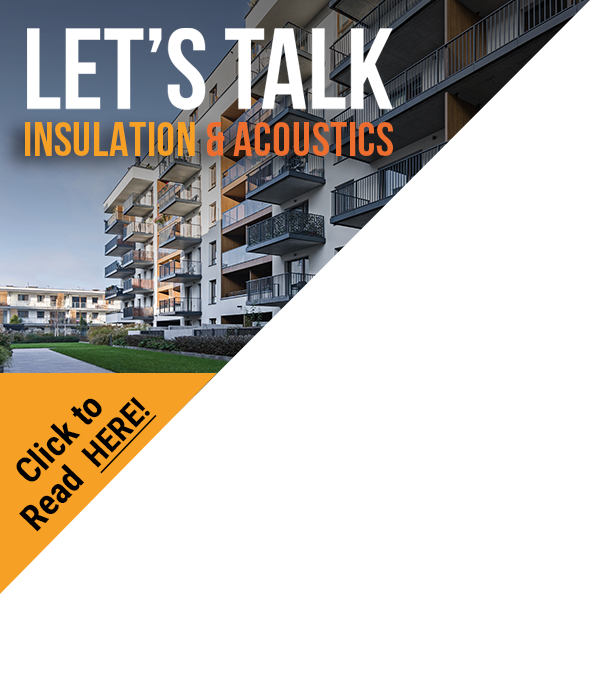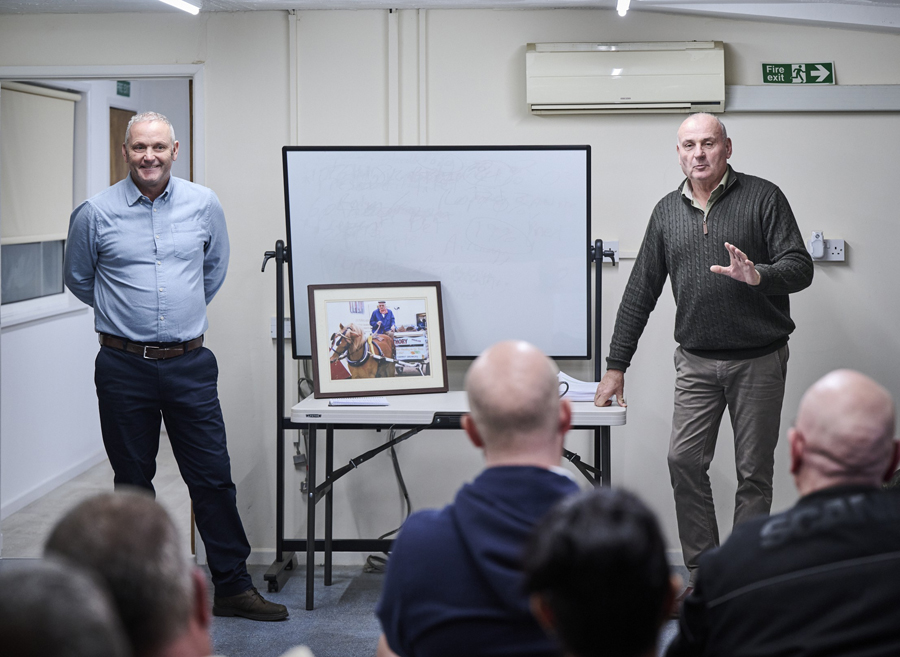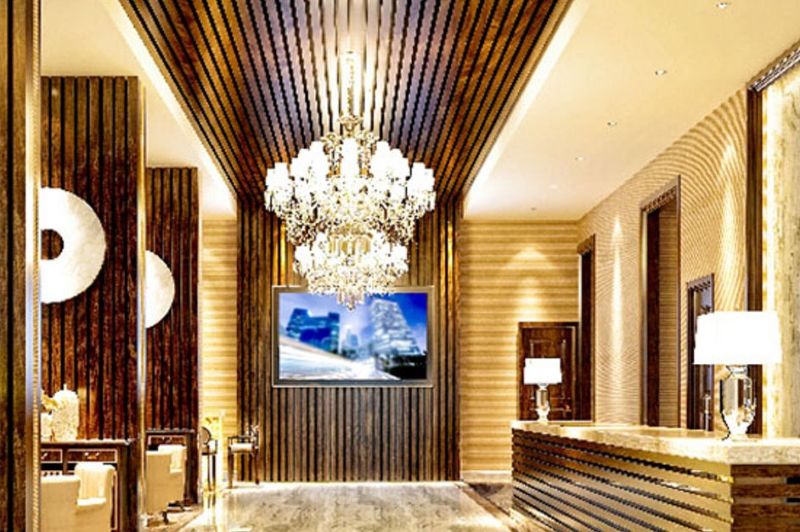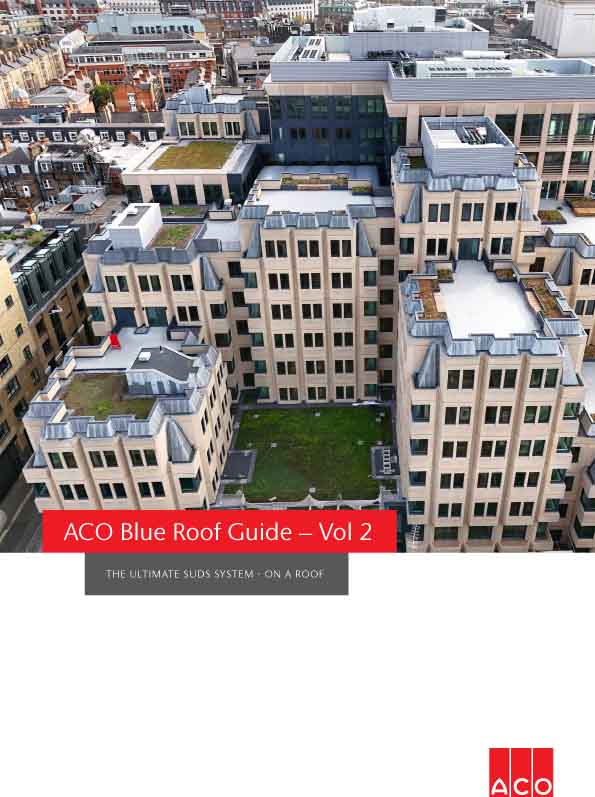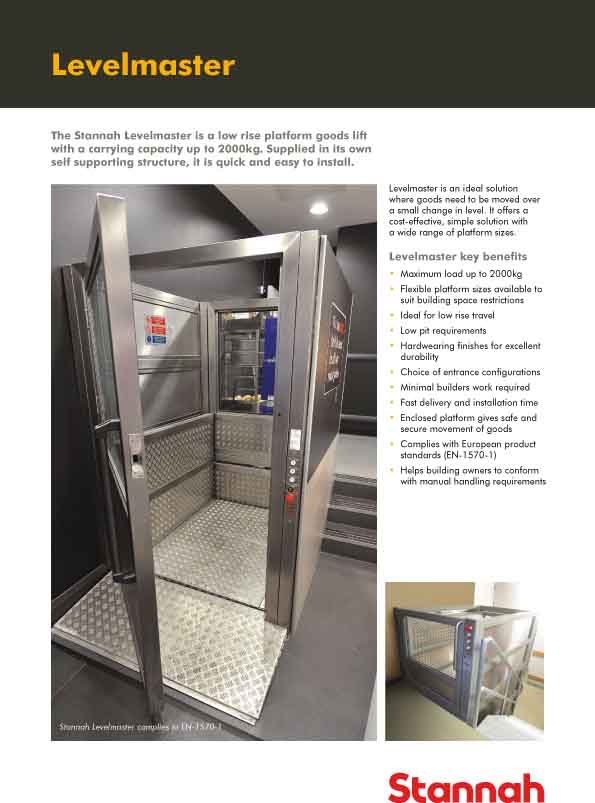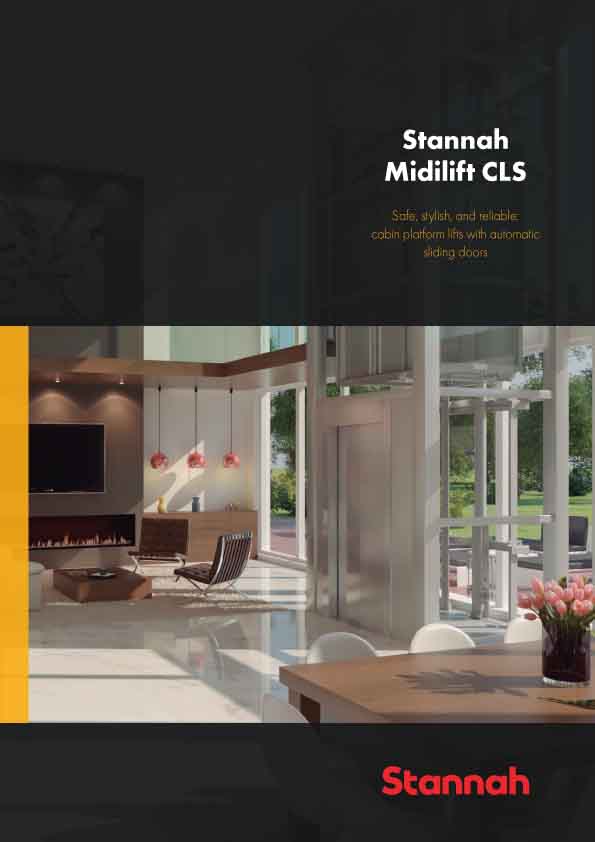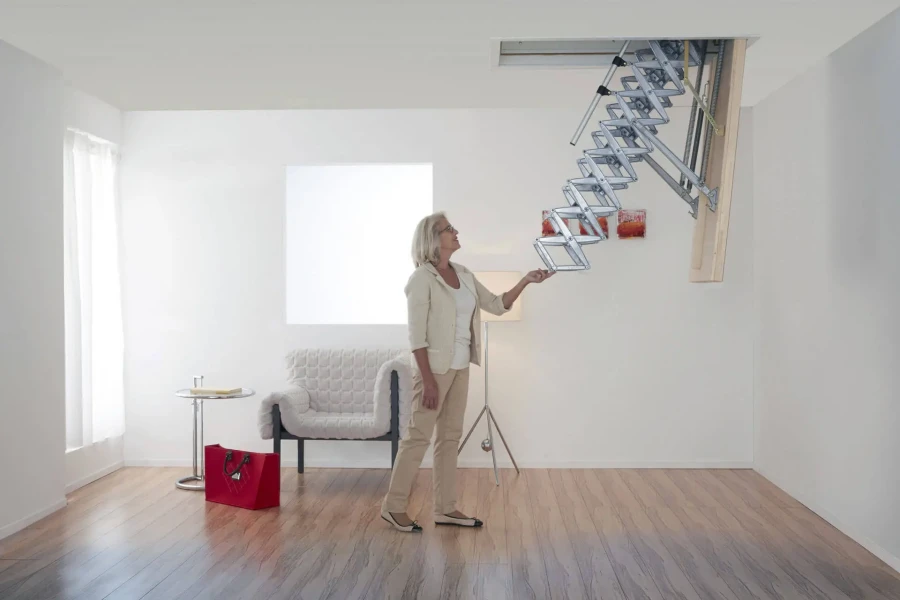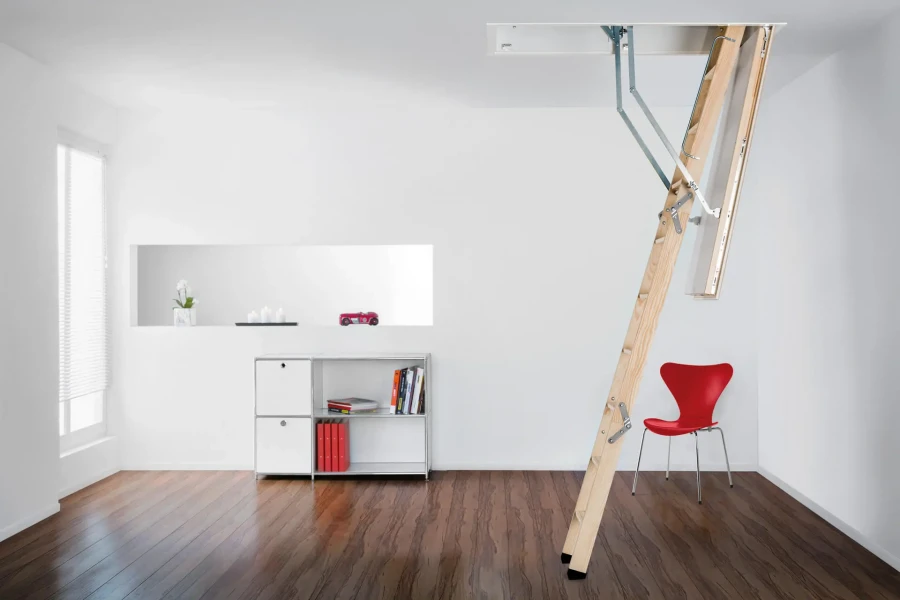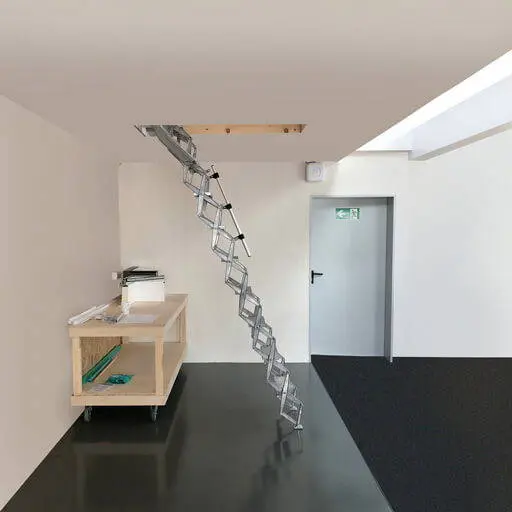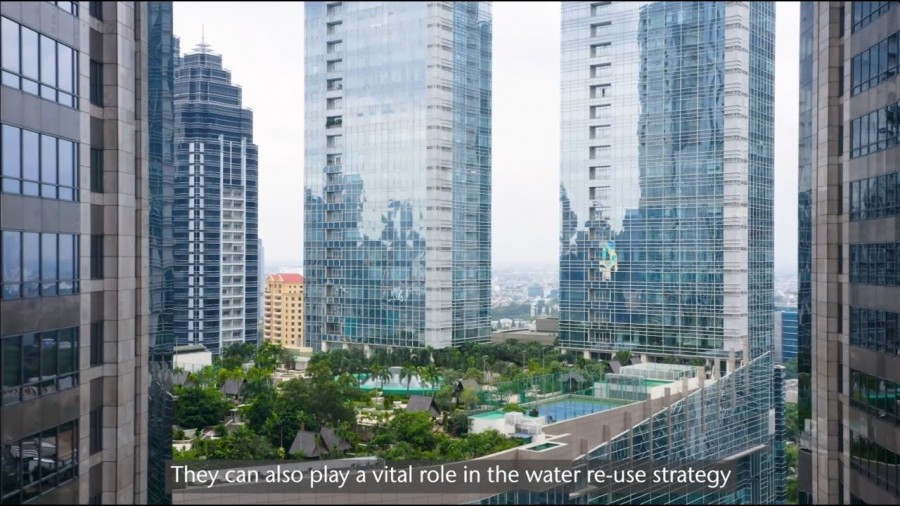The
London Festival of Architecture which runs throughout June has grown to become
Europe’s biggest annual architecture festival.
As a
month of architectural experimentation, practice and debate awaits, it is the
perfect time to reflect on some incredible work of future-gazing architects and
joinery companies who have utlised Accoya® wood to breathtaking effect.
Accoya®
wood’s outstanding performance, coupled with its environmental credentials has
given architects the freedom to explore new avenues of creativity. From
commercial to residential projects, bridges submerged in water, to
world-record-breaking velodromes and towering landmarks, worldwide, industry
leading architects have recognised timber’s potential to create history making
and mesmerising constructions. Below is a brief overview of a few architectural
feats and firsts that have Accoya® wood at their heart…
Moses Bridge, West Brabant Water
Line, The Netherlands - RO&AD Architects
RO&AD Architects gave stories life when they
parted the waters of this 17th century Dutch defensive line that once held
Spanish and French invaders at bay. As part of a restoration programme, Fort de
Roovere, the largest fort on the water line, required the addition of an access
bridge.

The challenge was to create a route of access that would be
discreet. RO&AD excelled themselves by building a ‘sunken bridge’ that
follows the line of the fort slope and sits almost flush with the soil and the
level of the water. The bridge is built from Accoya® wood sheet piling on
either side, with a hardwood deck/stairs in between. Accoya® wood’s durability
and guaranteed performance in-ground and in freshwater made this possible.
Pompejus Tower, Bergen op Zoom, the
Netherlands - RO&AD
Another commission by RO&AD along the Brabant
Water line, is the recently opened 25-metre high landmark, Pompejus Tower,
situated on the fort accessed by the Moses Bridge. Named after the first
commander of the fortress, its viewpoint boasts breathtaking views of the
entire Brabant Water line.
The main construction of Pompejus Tower consists of
steel triangles and has been designed according to a mathematical design
principle which allowed for windows and openings to be formed in the façade.
This construction is virtually invisible as Accoya® wood plates were mounted on
the cutting faces of the steel.
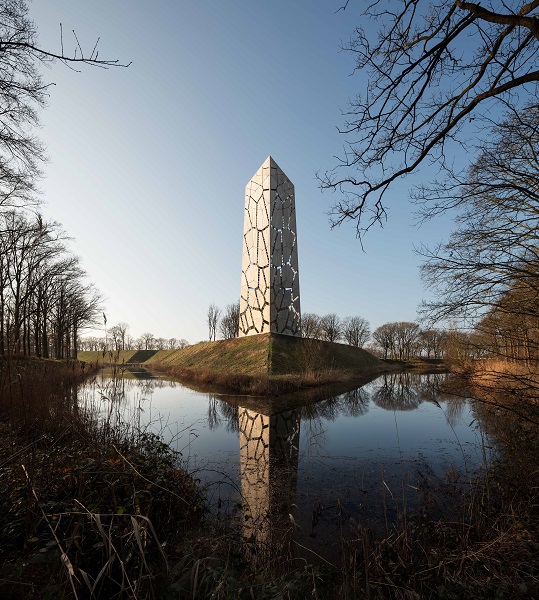
The result is a highly recognisable voronoi pattern -
one that occurs in nature on the towering necks of giraffes and the protective
shells of turtles.
At the bottom of the tower, an exhibition space and
open-air theatre can also be found, also made of Accoya® wood.
Barangaroo Development, Sydney,
Australia - Collins & Turner
Barangaroo House is an impressive free-standing three
story restaurant in Sydney. It was designed by architects Collins and Turner,
who were inspired to create a unique, circular, split level building. This
project became one of the first in Sydney to utilise the combination of Accoya®
wood cladding and the highly distinctive Japanese charring technique, Shou Sugi
Ban, thus creating a striking charcoal appearance.

The beautiful building is located on a prominent water
front site, making Accoya® the ideal choice for this stunning
project thanks to its exceptional durability, reliability and stability
properties. With a guarantee of 50 years above ground, Accoya®
wood
can withstand the harshest of external environments while resisting distortion
and warping over its lifetime
Opened in December 2017, it is the latest venture of
Matt Moran, one of Australia’s most celebrated chefs, and is home to three
restaurants: House Bar (including a landscaped beer garden); Bea (offering
fresh and ambitious indoor & outdoor dining); and Smoke (Sydney’s new
rooftop bar looking out over the water’s edge).
Omnisport Arena, Apeldoorn, the
Netherlands - SDA
Velodrome specialists Sander Douma Architects (SDA) completed work on the refurbished
Omnisport Arena which was used for the recent 2018 UCI Track Cycling World
Championships. Previously the track was constructed using Larch wood, however,
due to the humidity on and around the track, Accoya® wood was selected as the
ideal material for the renovation.

Due to Accoya®’s unique acetylation process,
it offers superior dimensional stability so will not splinter, shrink or swell.
The team behind the design and build used
specialist technology to calculate the structure of the circuit as well as the
curvature and fall velocity of the track to create the most efficient
structure. With a number of
World Records broken throughout the event, we’d like to think that SDA made the
right material choice!
